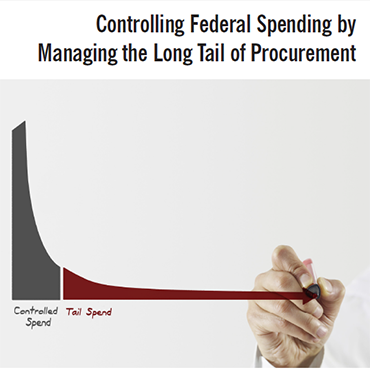Report tracks 'tail spend'

A new report from the IBM Center for the Business of Government provides what it calls the first quantitative analysis of the federal government’s mostly overlooked "tail spend," which drains billions of dollars in a jumble of ill-defined products and services.

What: A new report from the IBM Center for the Business of Government provides what it calls the first quantitative analysis of the federal government’s mostly overlooked "tail spend," which drains billions of dollars in a jumble of ill-defined products and services.
Why: Tail-spend procurement refers to buying outside an organization’s core spending and supplier groups and covers miscellaneous expenditure categories that aren’t managed as part of an organization’s core operations. Those expenditures eat up billions of federal dollars without much notice, according to author David Wyld, C.E. Laborde Professor of Management at Southeastern Louisiana University, director of the College of Business' Strategic e-Commerce/e-Government Initiative and founding editor of the International Journal of Managing Information Technology.
Wyld argues that by more aggressively managing the tail of government spending, agencies could save big money. Based on his analysis of agency-reported spending in the Federal Procurement Data System, Wyld predicts the government could save $113 billion to $226 billion, while the Defense Department could save $64 billion to $128 billion.
According to Wyld, tail spending encompasses several categories, including misclassified and fragmented spending outside existing contracts, maverick spending outside procurement guidelines, and unusual spending on one-time high-value items, low-priced but high-frequency items and low-priced, low-value items.
However, efforts to shorten the spending tail face obstacles such as poor data visibility, lack of effective spending controls, misperceptions about the potential savings and a general lack of interest, Wyld said.
Verbatim: "With today’s renewed emphasis on strategic sourcing in the private and public sectors alike, the best way to leverage an organization’s purchasing power may be to bring a new focus on procurements made at the edge of the supply chain, both in terms of what is being bought and with whom the transactions are made."
Download the full report: businessofgovernment.org
NEXT STORY: GSA launches reverse-auction platform


